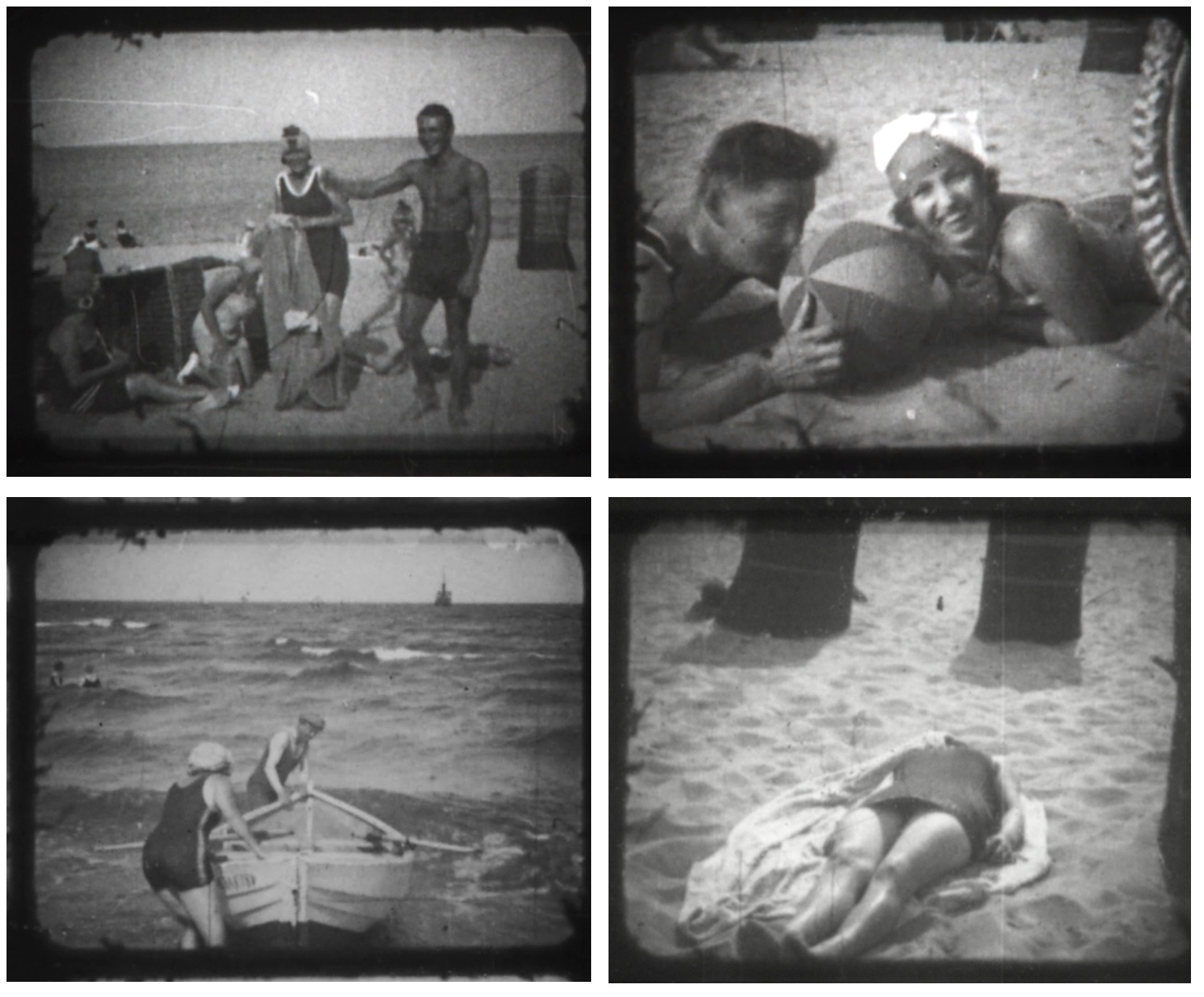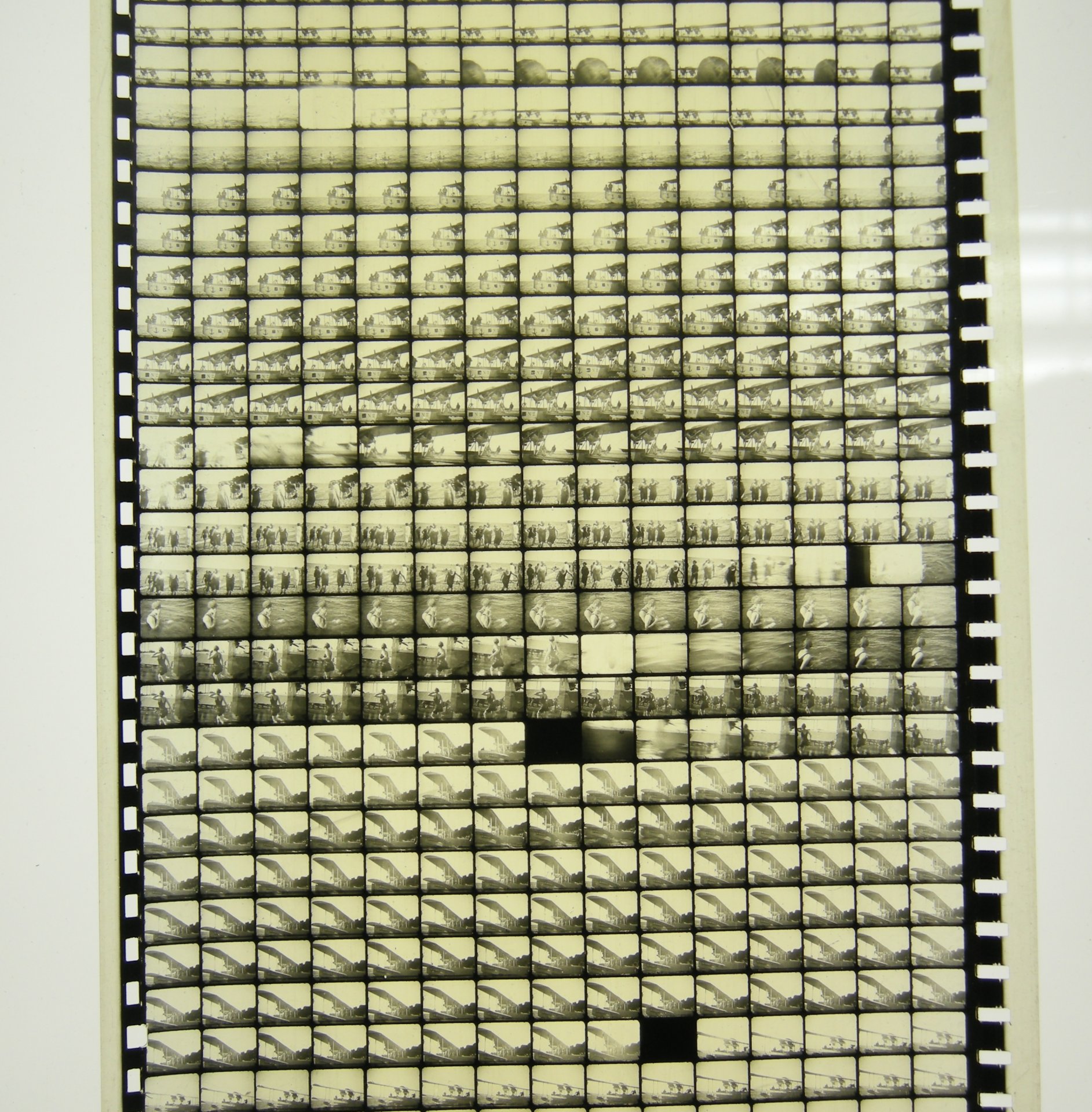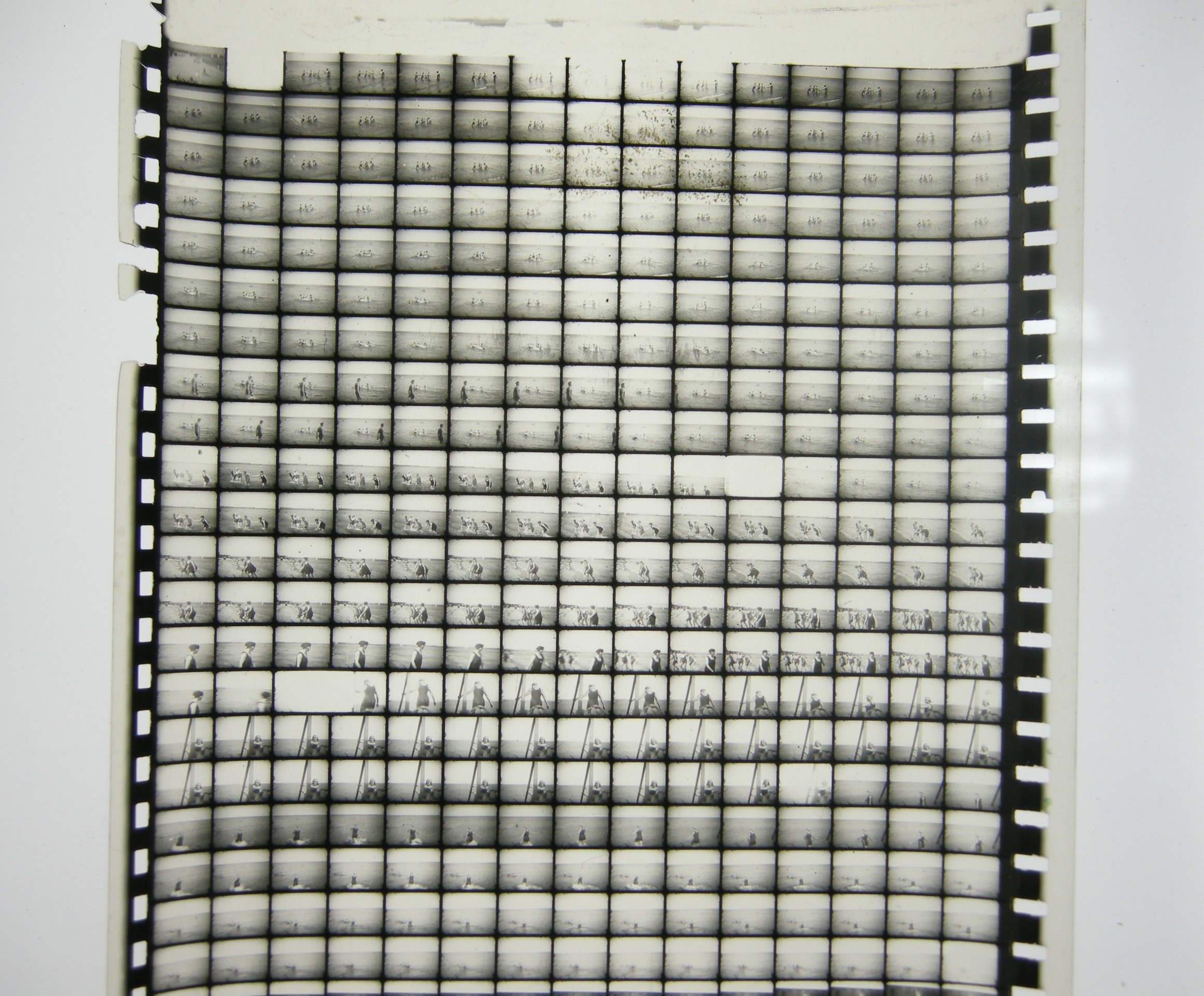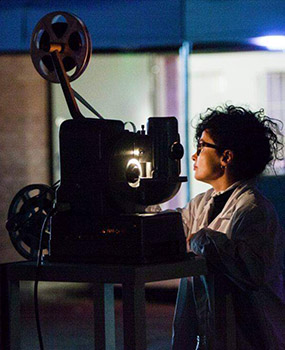Kazimierz Prószyński’s "Oko" Camera
The 20th edition of the Silent Movie Festival will give us a chance to glimpse one of the most interesting, yet least known episodes in the history of filmmaking technology, namely the development of Kazimierz Prószyński's "Oko" camera. While the project didn’t achieve commercial success and its creator failed in his grand plans of building the film industry in Poland, the “Oko” endures as evidence of an extraordinary technical vision. This year’s festival will not only be an attempt to reconstruct this forgotten chapter of cinema history, but also literally lend a voice to the invention itself.
At the formative stage of the language of cinema and the standardization of filming technology, Kazimierz Prószyński proposed a camera that paradoxically combined highly innovative elements with solutions that were already considered outdated at that time. On one hand, the "Oko" provided functionality by combining a camera with a projector, as well as a light source, which could be considered state-of-the-art in its time. On the other hand, it was based on several assumptions that did not take into account the dominant trends, such as the drive for tape standardization or the need for easy installation. Its ambivalence, resulting from innovation intertwined with conservatism, is the key to understanding why Prószyński's invention remained outside the mainstream of film technology development despite its undeniable uniqueness.
During this year’s festival, we will present archival footage recorded with the "Oko" camera itself. This material has exceptional technical value as an example of a non-standard film format with a width of 12 cm. It captures the everyday life in Gdynia of the mid-1920s – a city that in the 20th century was to become a symbol of independence and modernizing ambitions of the re-emerging Poland.
Films from Kazimierz Prószyński’s “Oko” camera
Poland 1925, 15' (15 frames per second)
Creator: unidentified
Amateur silent film Source: FINA
Recorded in the summer of 1925 on the beach in Gdynia, the films from Kazimierz Prószyński's “Oko” camera are among the oldest preserved amateur footage created in the Second Polish Republic. Their value lies in the unique tension between the private nature of the recording and the public significance of the captured images. We see holiday-goers having fun on the beach, posing for photos, swimming, as well as shots of a hydroplane landing from the Naval Aviation Squadron in Puck. The informal character of the shots allows one to pick up a broader historical context: the modernizing Gdynia, the expansion of the port, and the atmosphere of enthusiasm accompanying the rebirth of the Polish state.
The value of these films comes not only from their content but also from the fact that they have been recorded on a completely unique medium. The tapes will be played back using a historical model of the “Oko” camera, made functional by Stanisław Kwiatkowski. The show will take place only once due to the fragile nature of the tapes. Such a presentation has never been done before and, for conservation reasons, won't be possible any time soon in the near future. This one-time event shall be a symbolic tribute to Kazimierz Prószyński on the 150th anniversary of his birth. Upon seeing what was referred to as the “biopleohraph,” the Polish writer Boleslaw Prus was to write as follows: “Such people, at times strange, yet always unique, should be carefully nurtured, and above all, presented before society. For they make progress possible, and, moreover, they secure the nations the right to existence."
By Monika Supruniuk





